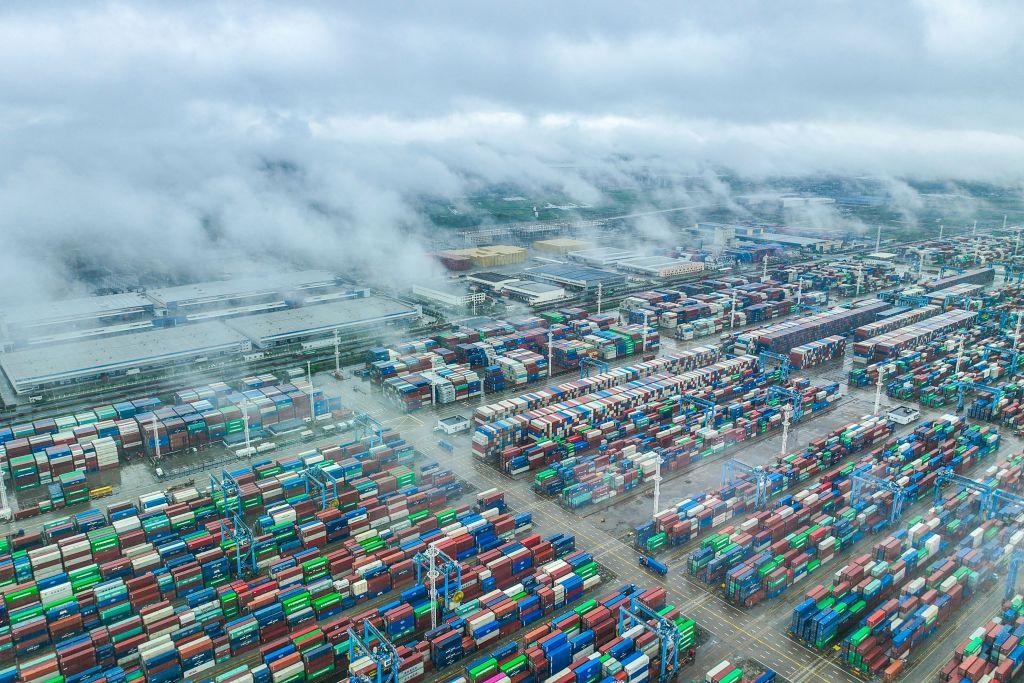Commentary
China exports in March declined by 7.5 percent year-over-year, more than offsetting the 7.1 percent gain in February or averaging an almost nil growth over these two months. The numbers in previous months were plus 2.3 percent, plus 0.5 percent, and minus 6.4 percent, which again fluctuated about zero. In fact, such a stagnant trend has lasted since late 2022, or almost 1.5 years till now. This is, by and large, in line with the world trade trend, where global trade growth peaked in early 2022 and entered a contraction zone from mid-2023 until the first quarter of this year.





